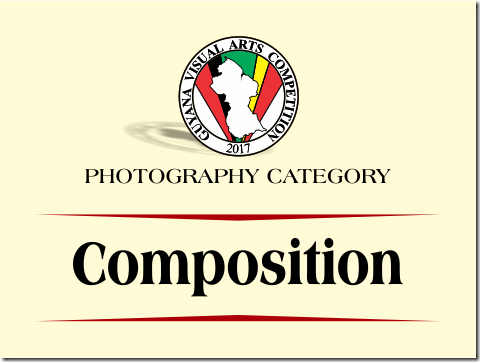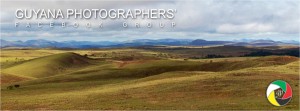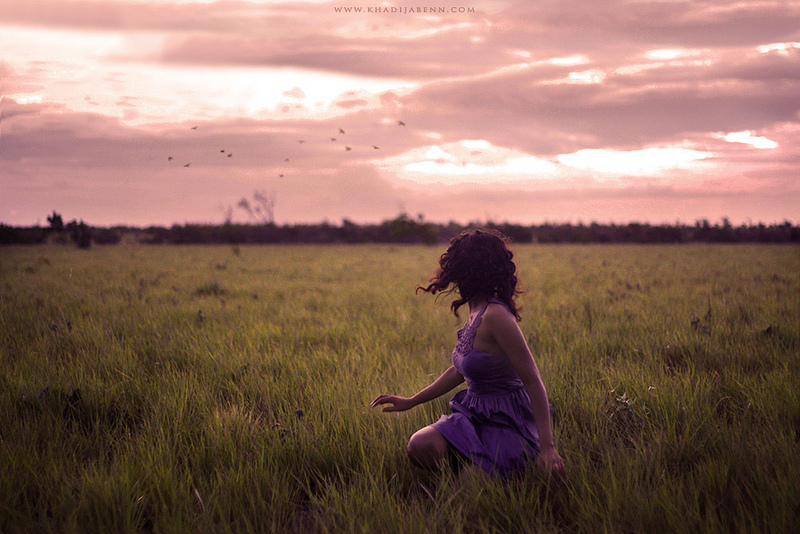The subject of a photograph is usually the most compelling element that defines the image, but in a photograph with a weak composition, it can easily be overlooked for a photograph with a less appealing subject but which was better composed, in photography, as in all other art forms, composition matters.
No matter how interesting your subject, nor how creative you are with the use of colour, a weak composition can make a photograph unappealing.
There is usually a lot of talk about the rules in photography, but the truth is, there are no rules, at least not in how you compose the photograph, there are rules in certain types of photography, such as Journalism where truth is paramount, but as an artistic expression, the world is your muse and your digital or film camera is one of your tools, your canvas is the final medium onto which your print is done.
Now that we’ve established that there are no rules, let’s talk about the Guidelines to a good composition, and the tools you should be using and paying attention to.
This is not a tutorial, so I will only touch on a few things.
The Rule of Thirds
Yes, the first one is actually called a Rule, but don’t let the name fool you. Once you’ve been in photography long enough, the rule of thirds is something that becomes second nature. Basically you divide your viewfinder or screen into threes, three vertical columns, three horizontal rows, and you use the lines to place objects of interest, such as horizons, and the main subject. It is almost instinctive to place the subject dead centre of the frame, this can be used to advantage in certain circumstances, but often as not it leads to a boring image, placing the subject off-centre, using one of the lines in the rule of thirds grid will add a better compositional element to the photograph.
Knowing this rule is also what helps to make even better compositions when you can successfully break the rule, sometimes using a very low horizon to add expanse to a scene, or placing the subject nearer to the edge of the frame to add a feeling of loneliness, or a minimalist feel.
Leading Lines
When we look at an image our eyes naturally follow lines in the image, whether they are the winding lines of a meandering creek, or a road snaking its way across a hilly landscape, or the converging lines of the sides of a bridge leading our eyes to a cyclist in the distance. Using these lines in a composition to direct the attention to the subject is helpful, but be careful not to just pay attention to the lines and not the subject, lines leading away from the main subject can also weaken the main intent of the image.
Balance, Symmetry and Patterns
Sometimes, using the rule of thirds can leave a photo feeling unbalanced, a mailbox to the left with nothing to the right can feel like that, when there is an opportunity to use two elements to balance the image, it can help, even if, or especially, when the elements are not alike, like a tall tree on the right, and a small dog to the left. On the other hand symmetrical images have a certain intrinsic appeal to the human brain, and using symmetrical scenes can add a strong compositional element to scenes, especially in architecture. Similarly with patterns, like repeating clay-bricks or honeycombs in a beehive, the repetitiveness is appealing to the senses and helps to make a nice composition. One nice trick with symmetrical images or patterns is to include in the composition something that breaks the symmetry or pattern, like a missing clay-brick in the wall, and the space may have a weed growing, or in front of the symmetrical building a person walks past to one side.
Perspective
Its normal for you to take a photo standing up, what’s known as “eye-level”, but that point of view is… well, its normal, and you might want to change that up periodically. Go down low, or get up high, change the point of view and add interest to a scene. Instead of from the front, see what the view is like from behind, or the side. If you normally shoot subjects 10 feet away, change it up, get up close or take it from farther away.
There is much more to be discussed, but stick to the basics, let the strength of the photo come from the subject and the composition, and the rest is icing on the cake.
The best thing about Rules is knowing them so that you can break them effectively, breaking them and leaving the composition feeling off won’t help, but there are times when breaking them leads to a very strong image.
Michael C. Lam works in Graphic layout for a living, one of his images gained the Bronze medal in the 2012 GVACE, he was shortlisted for the 2014 GVACE, was an exhibiting artist in the Un | Fixed Homeland curated exhibition at Aljira, New Jersey in 2016, and an exhibiting artist at the 2016 VISIONS Curated Exhibition. Some of his work can be seen on his site The Michael Lam Collection









 Some of us take photographs and keep them to ourselves, for our own pleasure and to share among family and friends. Some of us tend to try and get our work out there, for others to see and admire. If your work is out there, you may be asked at some point if you would permit your image to be used for one purpose or another, whether it is to beautify a web-page, be included in a new article, or even as the cover image of a magazine.
Some of us take photographs and keep them to ourselves, for our own pleasure and to share among family and friends. Some of us tend to try and get our work out there, for others to see and admire. If your work is out there, you may be asked at some point if you would permit your image to be used for one purpose or another, whether it is to beautify a web-page, be included in a new article, or even as the cover image of a magazine.

 One of the greatest things about a photograph is that each person will always have their own interpretation of it and a different feeling about the image. This particular composition that I put together, with great difficulty I might add, was perhaps the most risky thing I have done thus far in my photography endeavours. However, being a hobbyist with a dSLR and a rather vivid imagination, risks should be something routine to me – I assure you, it is not.
One of the greatest things about a photograph is that each person will always have their own interpretation of it and a different feeling about the image. This particular composition that I put together, with great difficulty I might add, was perhaps the most risky thing I have done thus far in my photography endeavours. However, being a hobbyist with a dSLR and a rather vivid imagination, risks should be something routine to me – I assure you, it is not.